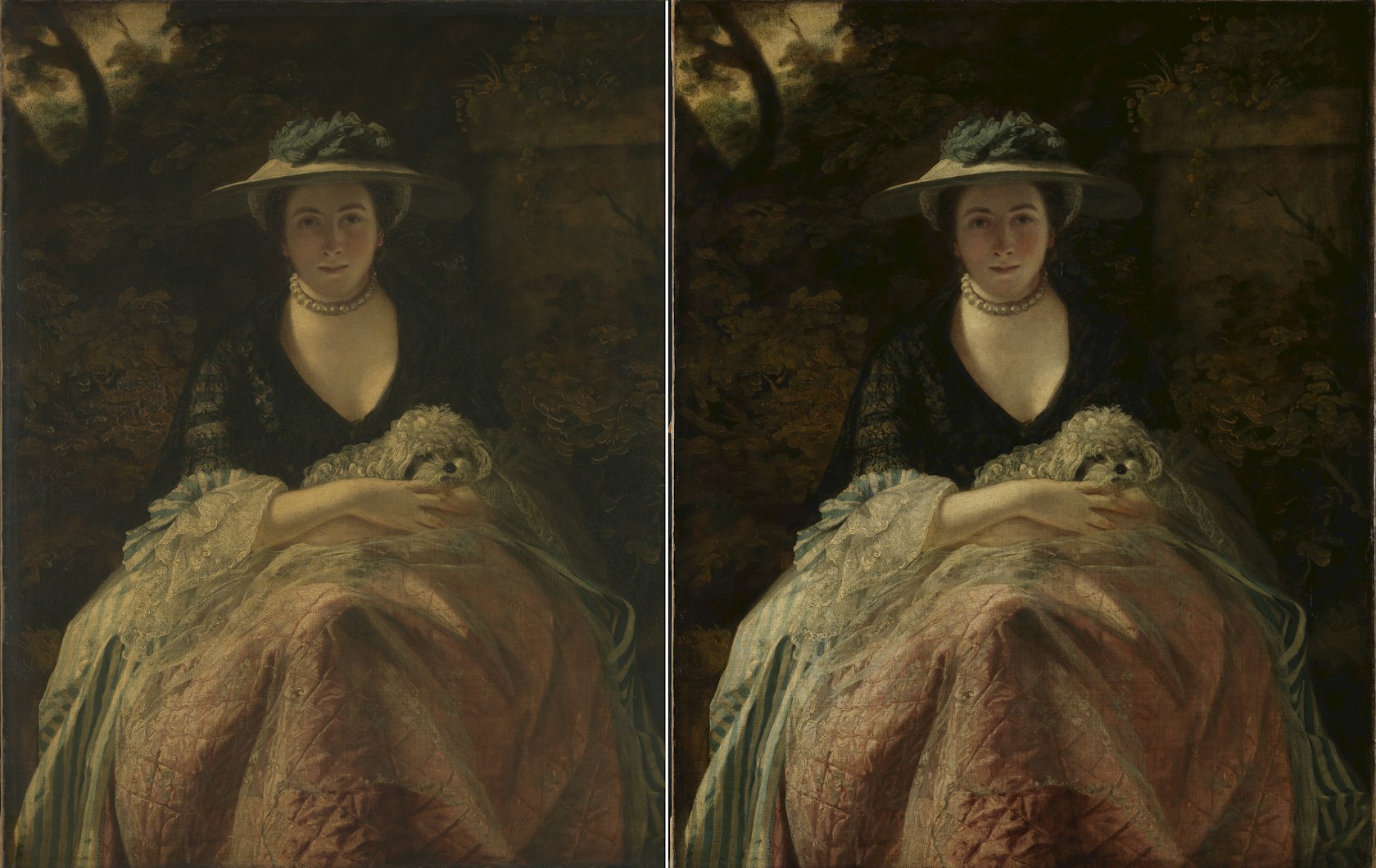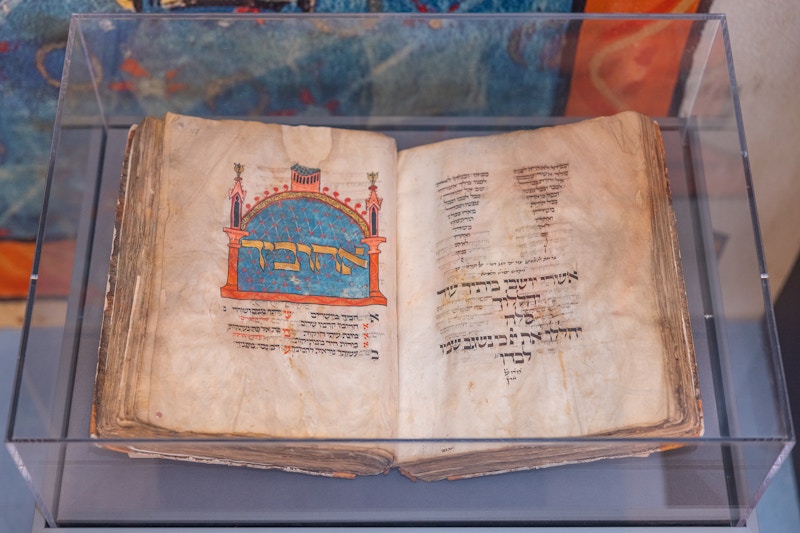
Conservation Reveals Joshua Reynolds’ Process and Techniques in this Portrait from The Wallace Collection
The artist’s painting “Miss Nelly O’Brien” charms visitors anew after conservation supported by the TEFAF Museum Restoration Fund
- By TEFAF Editorial
- Museum Restoration Fund
The Wallace Collection is an internationally outstanding collection which contains unsurpassed masterpieces of paintings, sculpture, furniture, arms and armour, and porcelain. Built over the 18th and 19th centuries by the Marquesses of Hertford and Sir Richard Wallace, it is one of the finest and most celebrated collections in the world. Among the collection’s treasures is an outstanding group of twelve paintings by the British artist, Joshua Reynolds (1723–1792). Five of these pictures had recently been conserved and the portrait entitled Miss Nelly O’Brien (circa 1762–64) was also in need of conservation treatment. The TEFAF Museum Restoration Fund granted its support for the restoration of this remarkable artwork in 2014.

The portrait Miss Nelly O’Brien is one of the Wallace Collection’s best-loved works of art; visitors connect instantly with the painting’s intimacy and candor. The charming painting drew much attention at the time of its creation as O’Brien, a well-known beauty and courtesan, was the mistress of Frederick St John, 2nd Viscount Bolingbroke. The personal story of Nelly herself and her fame within Georgian society continues to fascinate the Wallace Collection’s visitors to this day. The portrait is notable for its interplay of light and shadow, particularly in the upper part of the sitter’s body, where the wide brim of the bonnet casts a shadow over her face and bosom. However, the painting had been untouched for over 150 years and had several thick layers of discoloured varnish obscuring its beauty. The conservation of this painting, which was carried out in collaboration with the National Gallery, served two main purposes: to reveal the original luminous beauty of the work and to bring to light new information about Reynolds’s techniques and processes.
In this way, this project was an ideal opportunity to benefit two different audiences: the visitor as well as the academic. Following this restoration project, the museum made this painting a key feature of its highlights tours, during which the technical aspects of the conservation work were explained to visitors.



